Top 10 WordPress Mistakes Killing Your Website Traffic in 2024
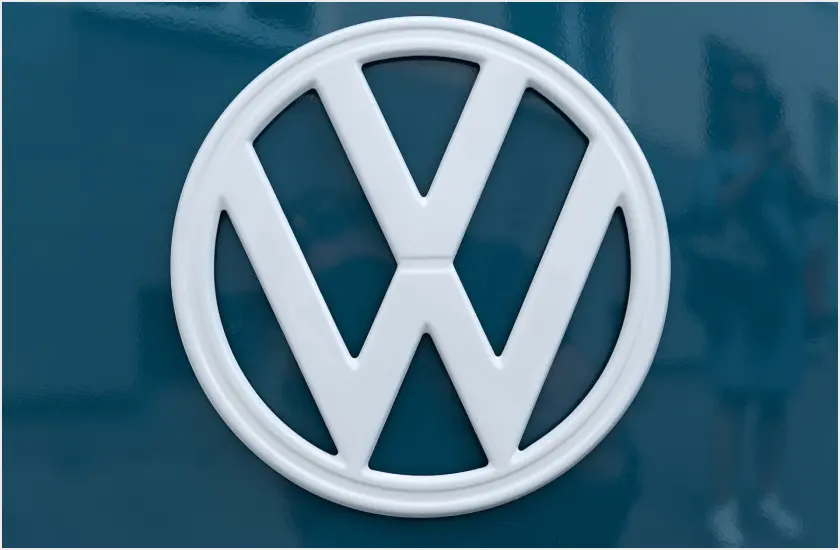
WordPress powers over 43% of all websites on the internet, making it the world’s most popular content management system. But just because you’re using WordPress doesn’t guarantee you’ll have a thriving website. In fact, some common mistakes can be the culprit behind dwindling traffic.
Fear not, fellow WordPress warriors! This blog post dives headfirst into 10 of the most common WordPress mistakes that can kill your website traffic, along with actionable tips on how to fix them. So, grab your metaphorical wrench and screwdriver, and get ready to optimize your website for maximum reach and engagement!
What are WordPress Mistakes?
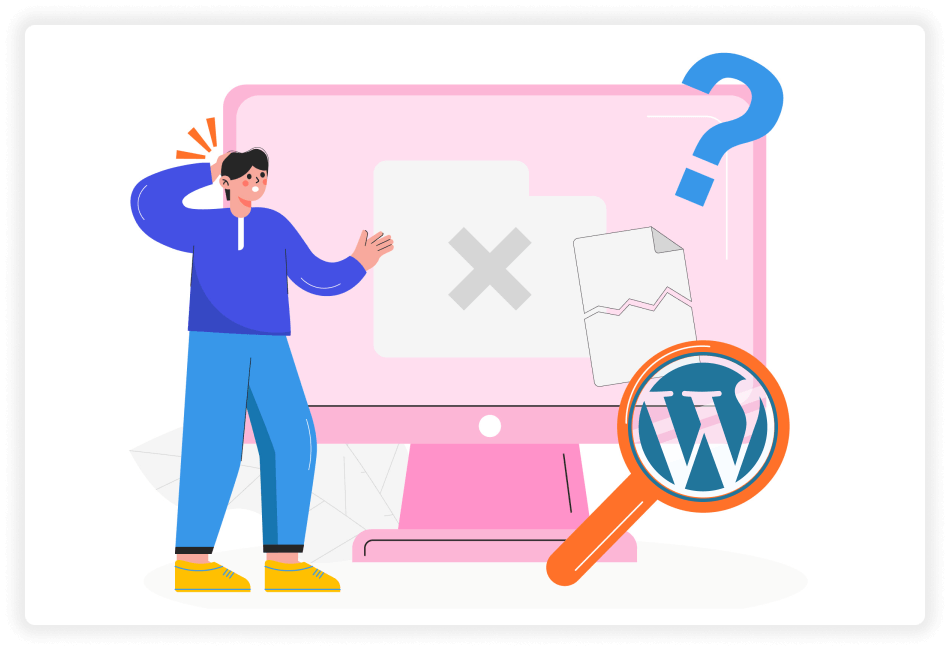
WordPress mistakes refer to errors that website owners commonly make, hindering their site’s performance. These can include neglecting mobile responsiveness, resulting in poor user experiences. Slow loading times due to large image files and excessive plugins can drive visitors away. Security lapses, such as weak passwords and outdated plugins, create vulnerabilities. Ignoring SEO best practices, content quality, and analytics may lead to reduced visibility and engagement. Addressing these issues is crucial for maintaining and enhancing a WordPress site in 2024.
Mistake #1: Ignoring Mobile Responsiveness
With the majority of internet users accessing websites on mobile devices, neglecting mobile responsiveness can be a fatal mistake. Google prioritizes mobile-friendly sites in search rankings, so ensuring your WordPress theme is responsive is crucial for maintaining and increasing traffic.
Solution: Choose a mobile-responsive theme or ensure your current theme adapts well to various screen sizes. Regularly test your website on different devices to guarantee a seamless user experience.
Mistake #2: Slow Loading Times
In an era where users expect instant gratification, slow-loading websites can lead to high bounce rates. Large image files, unnecessary plugins, and complex themes can contribute to sluggish loading times. Optimize your site by compressing images, leveraging browser caching, and minimizing HTTP requests.
Solution: Optimize your website by compressing images, leveraging browser caching, and minimizing HTTP requests. Consider using a Content Delivery Network (CDN) to distribute content globally, reducing loading times for users worldwide.
Mistake #3: Overloading with Plugins
While plugins can enhance functionality, an excess of them can slow down your website and potentially introduce security vulnerabilities. Regularly audit your plugins, deactivate unnecessary ones, and ensure the ones you keep are updated and compatible with the latest WordPress version.
Solution: Regularly review and deactivate unnecessary plugins. Choose lightweight, well-maintained plugins and ensure they are compatible with the latest WordPress version. Consider replacing multiple plugins with a single multifunctional plugin when possible.
Mistake #4: Neglecting SEO Best Practices
Search Engine Optimization (SEO) is paramount for driving organic traffic. Failing to optimize your content for relevant keywords, neglecting meta descriptions, and overlooking image alt tags can hinder your site’s visibility on search engines.
Solution: Conduct keyword research and optimize your content for relevant keywords. Pay attention to meta descriptions, headers, and image alt tags. Regularly update and promote high-quality, valuable content to boost search engine rankings.
Mistake #5 Ignoring Security Measures
WordPress sites are common targets for hackers. Failing to implement security measures such as using strong passwords, enabling two-factor authentication, and keeping themes and plugins updated can jeopardize your website’s integrity and user trust.
Solution: Strengthen security by using strong passwords, enabling two-factor authentication, and keeping themes and plugins updated. Install a reliable security plugin, configure firewalls, and perform regular security audits to identify and address vulnerabilities.
Mistake #6: Choosing the Wrong Hosting Provider
Your hosting provider plays a significant role in your website’s performance. Opting for a cheap or unreliable host can result in frequent downtimes, slow loading speeds, and poor overall user experience. Invest in a reputable hosting provider that offers adequate resources for your site’s needs.
Solution: Invest in a reputable hosting provider that offers the resources your website needs. Prioritize providers with good uptime records, robust security features, and excellent customer support. Regularly assess your hosting plan to ensure it meets your site’s growing demands.
Mistake #7: Forgetting to Back Up Your Site
Accidents happen, and websites can crash or get hacked. Without regular backups, you risk losing valuable content and data. Implement an automated backup system and store copies in secure external locations.
Solution: Implement an automated backup system and store copies in secure external locations. Regularly test backups to ensure they can be restored successfully in case of emergencies.
Mistake #8: Neglecting User Experience (UX)
User experience is a critical factor for both retaining and attracting visitors. Difficult navigation, cluttered layouts, and confusing call-to-action buttons can drive users away. Regularly review your site’s design and functionality to ensure a positive user experience.
Solution: Regularly review and optimize your site’s design and functionality. Simplify navigation, declutter layouts, and ensure your calls-to-action are clear and effective. Seek feedback from users to identify areas for improvement.
Mistake #9: Ignoring Analytics
WordPress provides valuable analytics through tools like Google Analytics. Failing to regularly analyze your website’s performance metrics can make it challenging to identify areas for improvement. Use analytics data to understand user behavior, track conversions, and make informed decisions to enhance your site.
Solution: Set up and regularly review analytics tools, such as Google Analytics. Use data insights to understand user behavior, track conversions, and identify areas for improvement. Make informed decisions based on analytics to enhance your site continuously.
Mistake #10: Overlooking Content Quality
Content is king, and poor-quality content can deter visitors. Whether it’s outdated information, grammatical errors, or irrelevant content, regularly review and update your website’s content to keep it fresh, informative, and engaging.
Solution: Regularly update your content to keep it relevant and accurate. Conduct periodic content audits to identify and fix outdated or irrelevant information. Invest in professional proofreading to eliminate grammatical errors and ensure a high-quality user experience.
Conclusion
In conclusion, steering clear of these common WordPress pitfalls is crucial for a thriving website in 2024. Take charge of your mobile responsiveness, optimize for speed, and prune unnecessary plugins. Prioritize security, choose reliable hosting, and embrace SEO best practices. Keep your user experience top-notch, stay analytics-savvy, and consistently deliver quality content. By addressing these challenges head-on, you pave the way for a successful online presence, ensuring your website not only survives but thrives in the dynamic landscape of the digital world.
FAQs
Do you have any questions about the Top 10 WordPress mistakes killing your website traffic? We have answers to some frequently asked questions on the topic.
Q: Why is user experience crucial for my WordPress website?
A: User experience directly impacts visitor retention. Simplify navigation, declutter layouts, and ensure clear calls-to-action for an improved user experience, leading to higher engagement and traffic.
Q: I need help! Can you recommend any resources?
A: Absolutely! There are many fantastic resources available online to help you optimize your WordPress website. Check out blogs like Yoast.com, Moz.com, and Search Engine Journal for expert tips and tricks.
Q: Are there free alternatives to premium backup plugins for WordPress?
A: Yes, there are free backup plugins available for WordPress, such as UpdraftPlus and BackWPup. While premium options often offer additional features, these free plugins can still provide essential backup functionality.
Q: Are there specific tools to help with website speed optimization on WordPress?
A: Yes, several tools can assist in optimizing website speed on WordPress. Consider using tools like Google PageSpeed Insights, GTmetrix, or Pingdom to identify areas for improvement and implement recommended changes.
Hi, This is Biplob Hossain. I am professional content writer. I successfully wroten a lot of content about Web development topics. I am also good web developer.
Related Articles
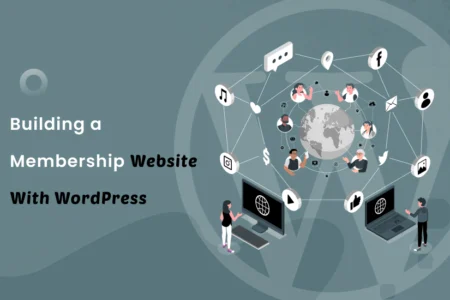
From Blog to Business: Building a Membership Website with WordPress in 2024
Turn your blog into a thriving business in 2024! This guide shows you how to build a membership website with WordPress, unlock recurring revenue, and create a passionate...
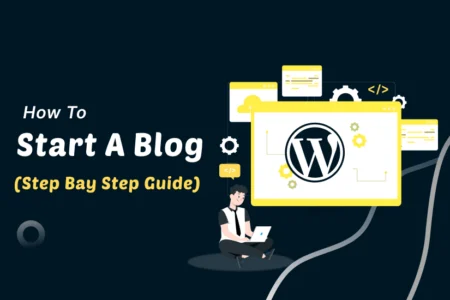
6 Step-by-Step Guide: How to Start a Blog Using WordPress
Learn how to start a blog using WordPress in this comprehensive guide. We cover everything from choosing a domain name and hosting provider to installing WordPress, selecting a theme,...
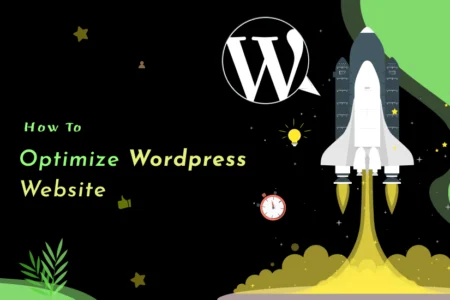
Top 10 Tips: How to Optimize WordPress Website Speed and Performance
Improve user experience, boost conversions, and climb search engine rankings. Master WordPress Website speed optimization today! Learn speed & performance secrets here.